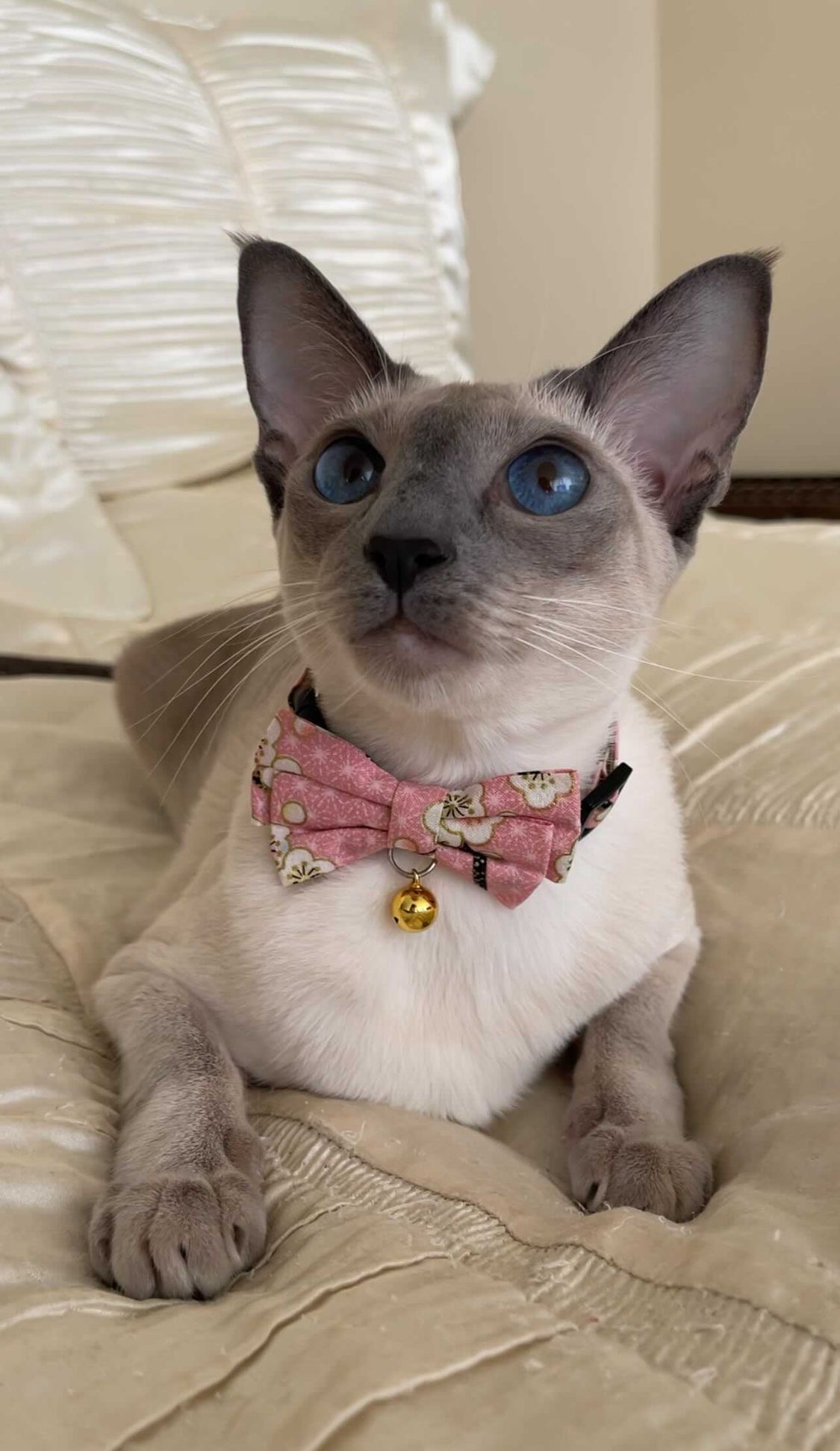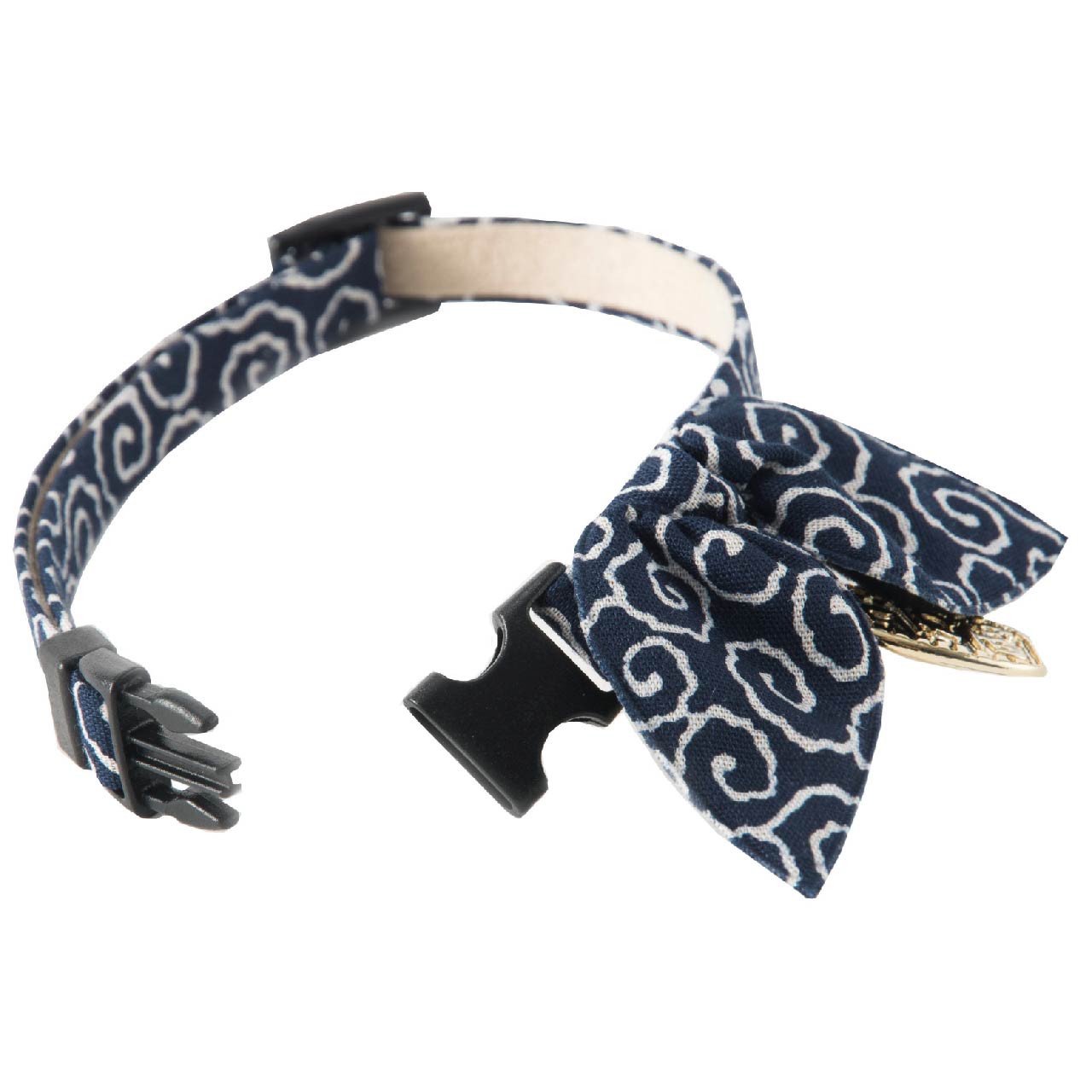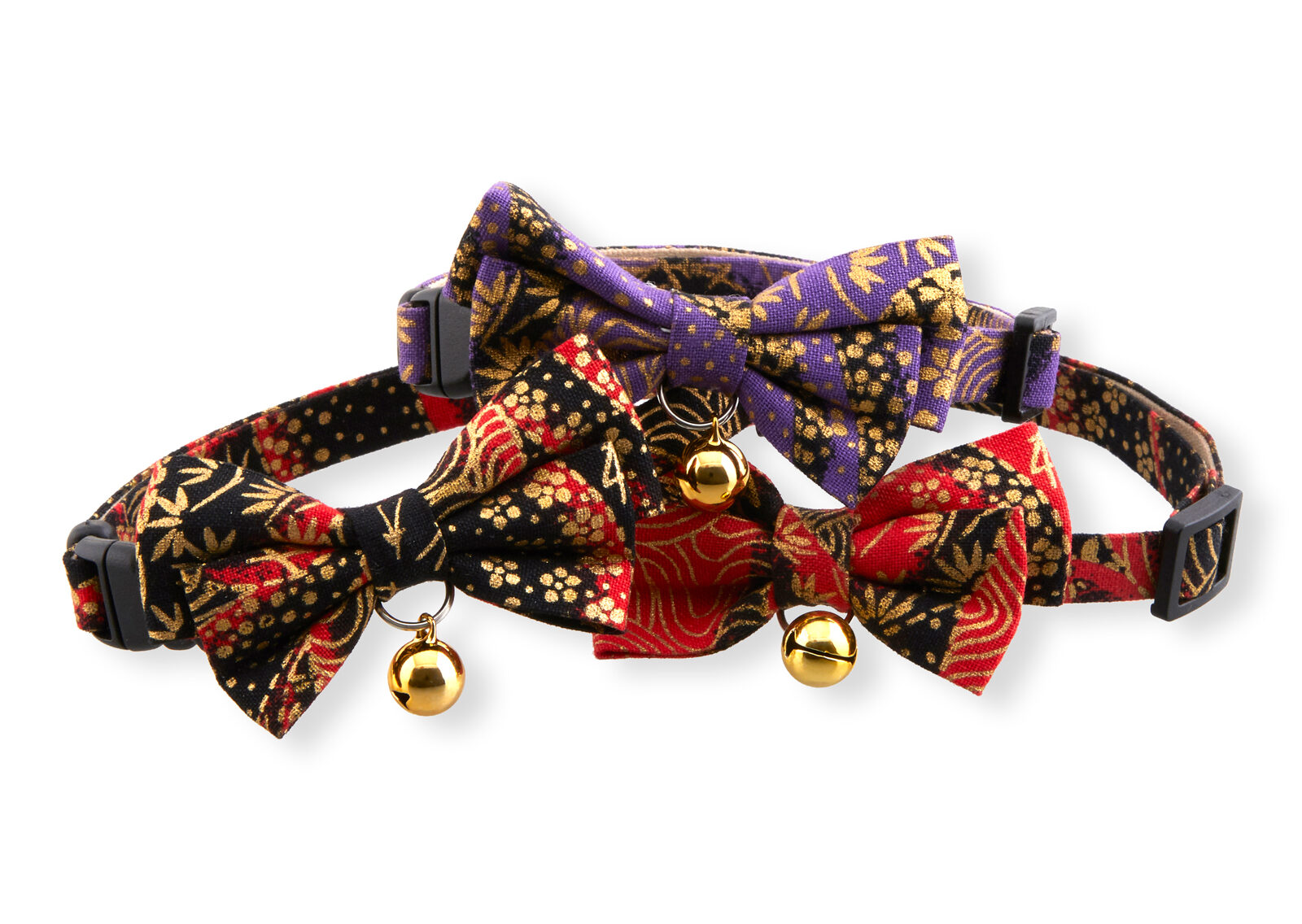Go to any pet store or even a supermarket and you will find a wide range of different collars for cats - from reflective to diamond, leather to fabric and of course also some fluffy collars. It can be confusing and difficult to know what kind of collar to buy for your cat, so we've put together some information and advice from
iCatCare on cat collars to find out if your cat really needs it, what injuries they can cause and what collars are the safest option for cats.
Does my cat need a collar?
Owners use collars for their cats for several reasons:
Recognition
Although microchips are the safest and most durable method of identification, some owners use collars and tags as a way to show that a cat has its owner. Labels are used to list owner information - some owners fear that if a cat gets lost or injured, the cat will not be checked on a microchip, so the label provides a quick way to contact them.
Activation of a cat door
Until recently, the only way to set a cat door (so that only your cat could open it and no invasive cats could enter it) was to use a magnetic or electronic key attached to a collar. There are now cat flaps that are activated by a cat microchip, which allows for selective entry and eliminates the need to wear a collar.
Limit hunting
Some owners also want to reduce the number of birds and other wild animals caught by their cats, and the work done by the RSPB shows that creating bell noises on a cat collar reduces the number of birds caught by cats. Using a bell may not completely prevent cats from catching wildlife, but in some cases this may be an option.
We at Katzenworld have teamed up with
Necoichi to provide safe cat collars that have a small bell that creates a noise not too loud to bother cats but loud enough to alert birds to the cat wearing the collar.
What injuries can collars cause?
Minor problems such as friction hair loss or a chemical reaction to a flea collar
Injury due to the cat getting a collar around its jaw
Injuries caused by the cat by pinching the front leg over the collar (this will cause the collar to cut into the skin, resulting in serious and painful injuries that are also particularly difficult to treat)
Why do injuries occur? Problems with cats and collars occur for several reasons:
The fit of the collar is not good
Too loose a collar can allow a cat to put its leg or jaw through too tight collars, it can also cause injury, so owners need to know how to adjust the collar to the right.
Collars with elastic elements
Collars that can stretch as part of the design can also cause serious injury. While many years ago, it was believed that this was a safety feature that would cause a cat's collar to move if it hung on something it can actually cause serious injuries which is why
Necoichi collars don't use elasticated elements and instead use a safety breakaway collar design.
Poor quality collars
Poor quality sewing collars may have bits come loose which can be swallowed or wrapped around the cat's tongue, which is dangerous.
Bells and fragments
Bells, discs and other pieces hanging on the collar can also be dangerous if not properly designed and attached. The collars of Necoichi purposely ensure that the bell is close to the collar band and securely attached. In fact each collar is safety checked before it leaves their factory to ensure your feline friends safety.
What can owners do to keep cats safe?
Choose the right collar
If you decide that you want or need a collar for your cat, make sure you choose a collar with a 'snap' mechanism - a plastic buckle (see photo above of the
Ninja Cat collar), which will separate and release the cat if it is caught. Adventure cat owners may lose some collars, but keep your cats! Some snaps open more easily than others, so try them and choose one that doesn't require too much force to open.
For a full list of their safe snap mechanism collars go to our shop
here.
Adjust the collar correctly
It is important to know how to put the collar on correctly. The collars should fit really tight - you should get 1-2 fingers under them. If it is too loose, a cat can get their legs caught. When you put on the collar for the first time, your cat may contract the neck muscles, so after a few minutes, check again that the collar fits and adjust if necessary.
Start early
Like many things, it is easier for your cat to wear a collar if you started this when they were a kitten than to put it on an adult cat for the first time.
Conclusion
Collars can cause injury to cats, but if your cat needs to wear a collar, it is best to use a snap design (which pops out as soon as your cat is caught on something).
International Cat Care also recommends that you get your cat a microchip because it is permanent and will not be lost.




No comments:
Post a Comment